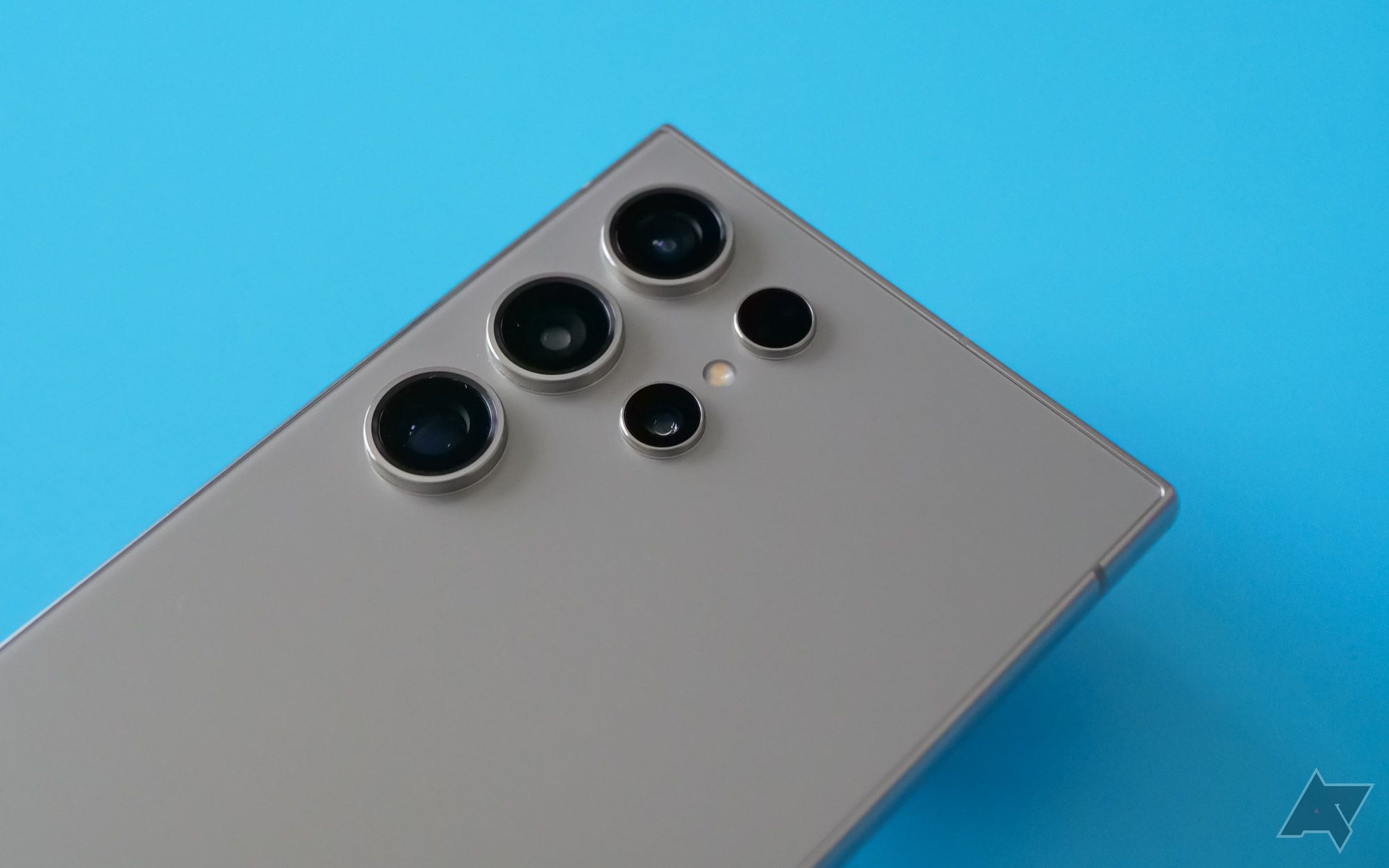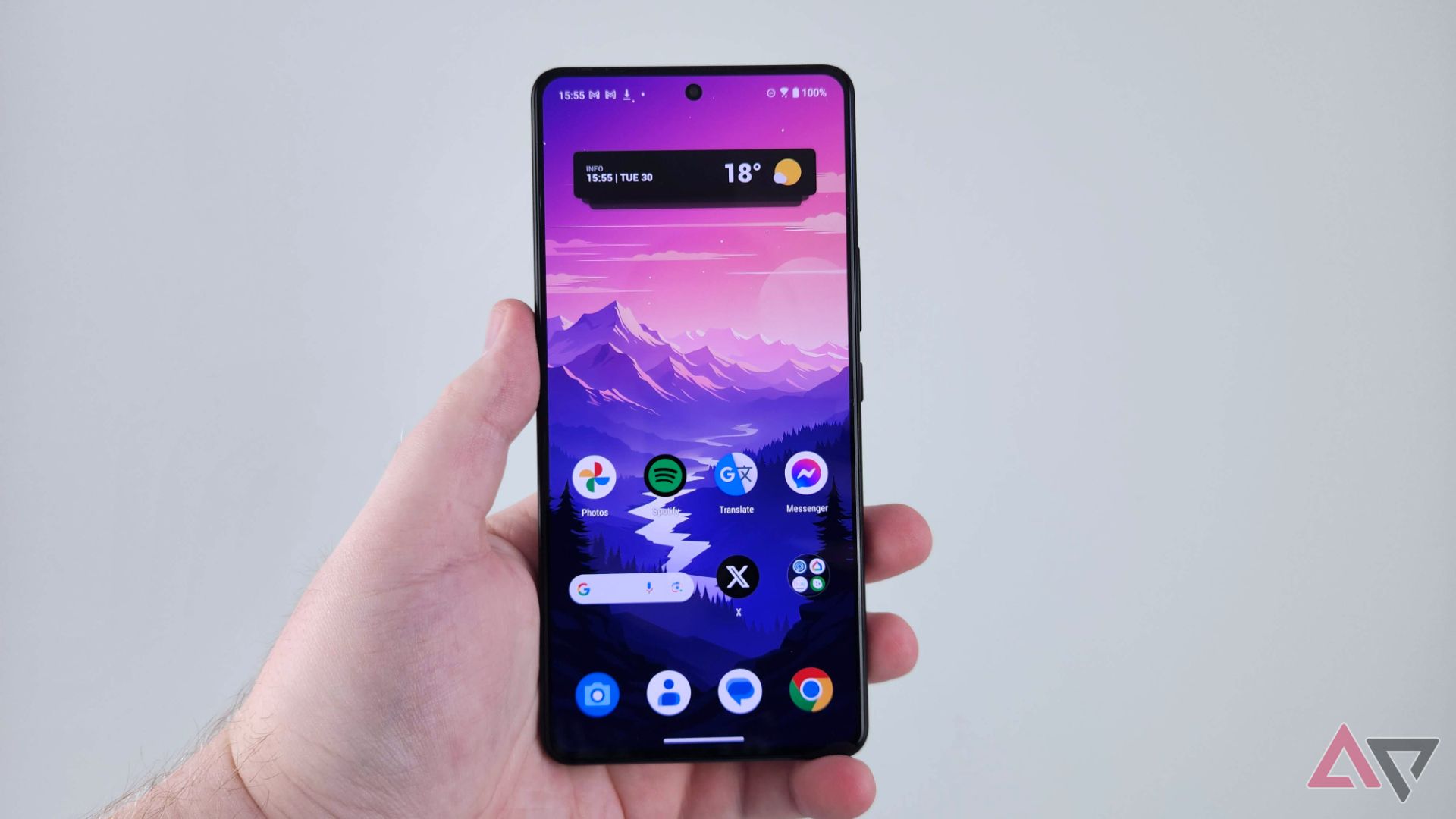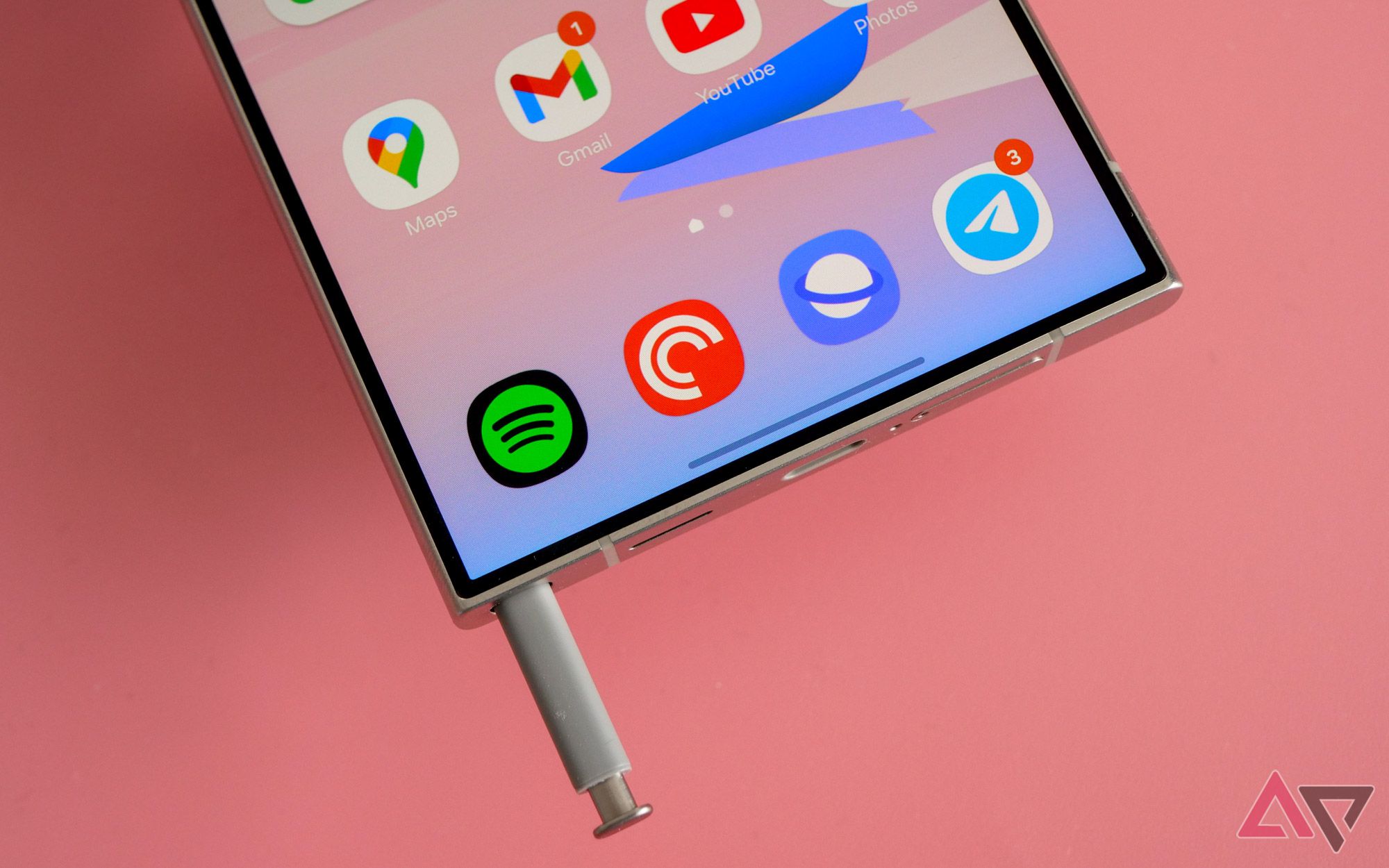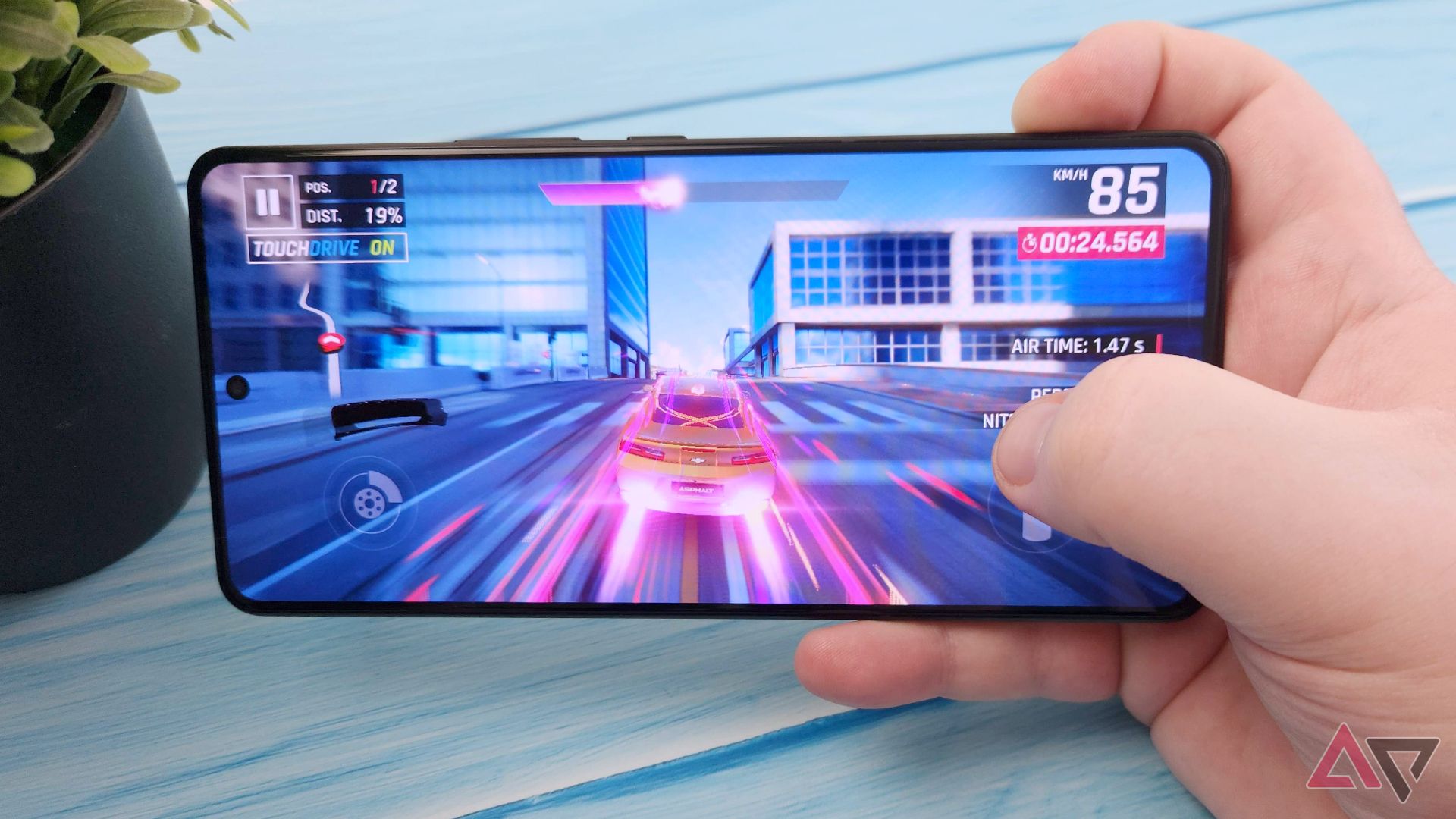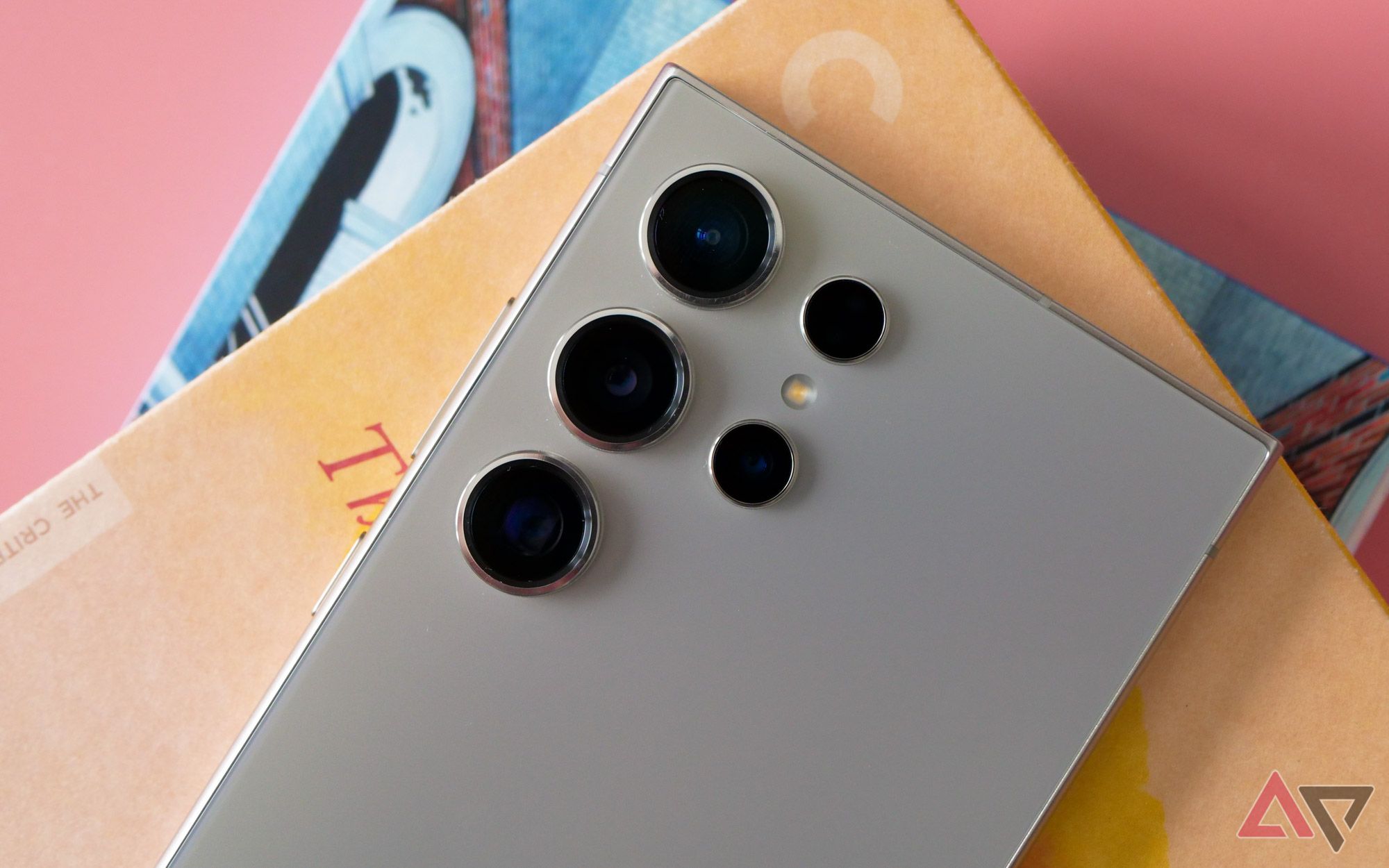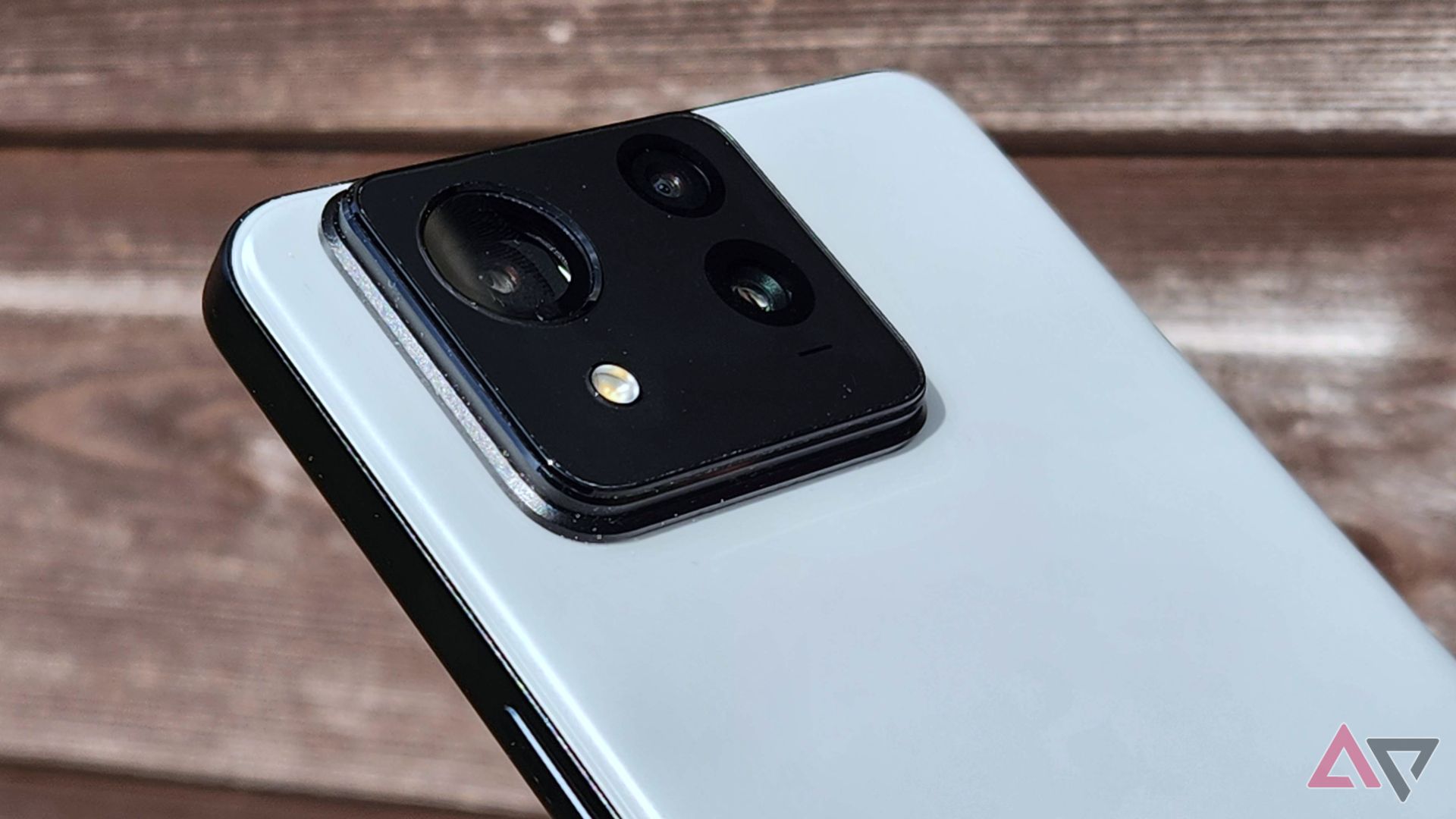-
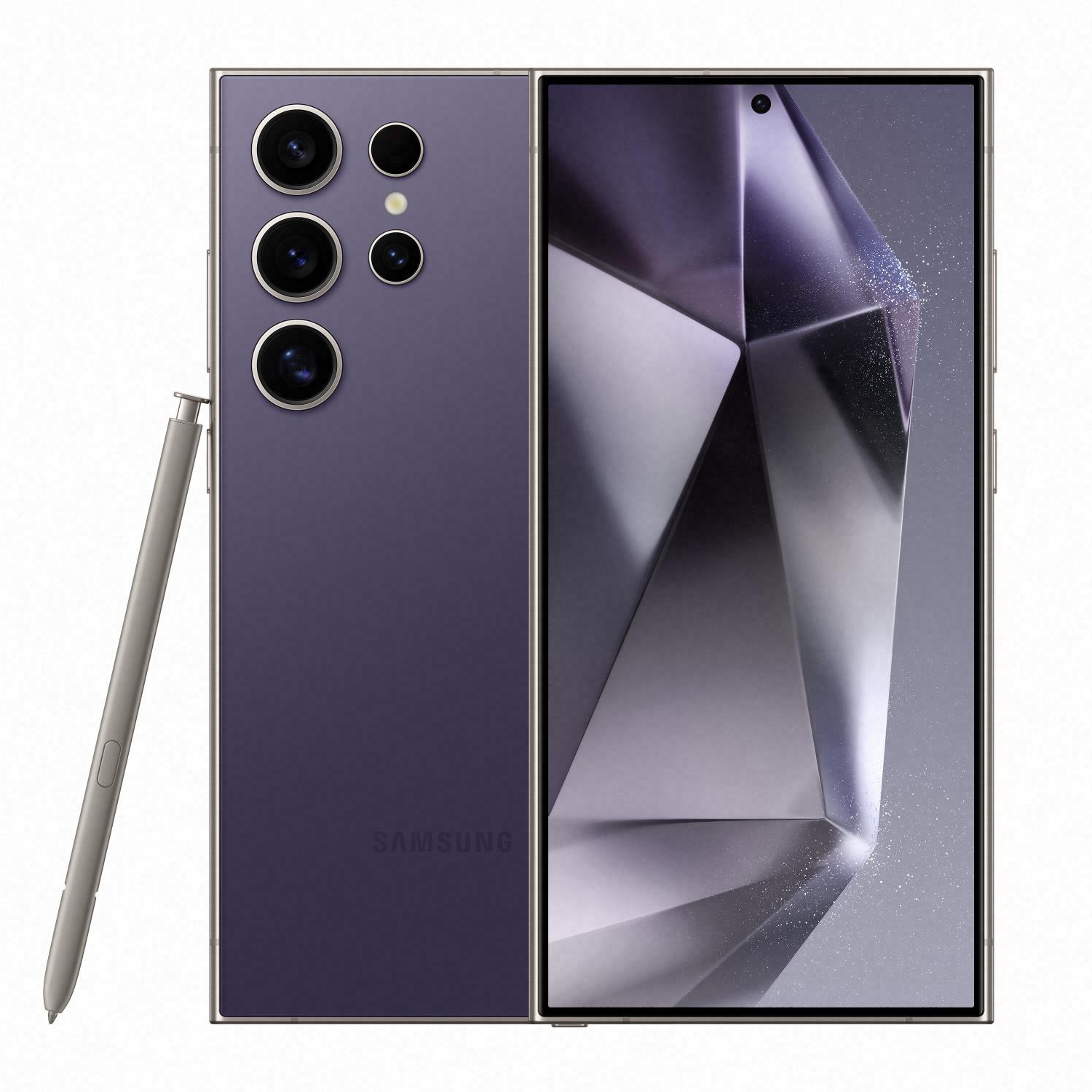
Samsung Galaxy S24 Ultra
Premium performance, premium price
$1100 $1300 Save $200
The Samsung Galaxy S24 Ultra might not be a huge departure from its predecessor, but it still offers flagship specs and a premium build. The device features the Snapdragon 8 Gen 3 chipset, ensuring excellent performance in even the most demanding games. Its 6.8-inch Super AMOLED display may not be as saturated as previous years, but it’s still crisp and clear.
Pros- Excellent battery life
- Great titanium build
- Long software support
-
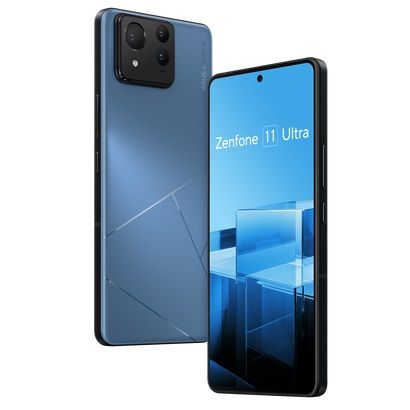
Asus Zenfone 11 Ultra
Performance for less
The Asus Zenfone 11 Ultra brings some ROG phone DNA in a package designed for broader appeal. At $900, it’s an attractive flagship alternative with a gorgeous 6.78-inch OLED display. It also does not lack power under the hood, sporting a Snapdragon 8 Gen 3. If you want raw performance at a better price, the Zenfone 11 Ultra has a lot to offer.
Pros- Great performance
- Crisp display
- Faster charging
Cons- Generic design
- Lackluster software support
The Samsung Galaxy S24 Ultra dominates a US market starved for competition at the flagship level. While it provides excellent performance, a premium build, and fantastic battery life, we pay for the privilege, as the base S24 Ultra starts at a wallet-punishing $1,300.
Meanwhile, Asus attempts to provide an alternative with its Zenfone 11 Ultra, a $900 device that makes some compromises but still offers blistering raw performance. If you want to save a few dollars but still get top-tier performance in AAA mobile games, the Zenfone 11 Ultra might be worth the trade-offs, especially at a significant discount to the Galaxy S24 Ultra.
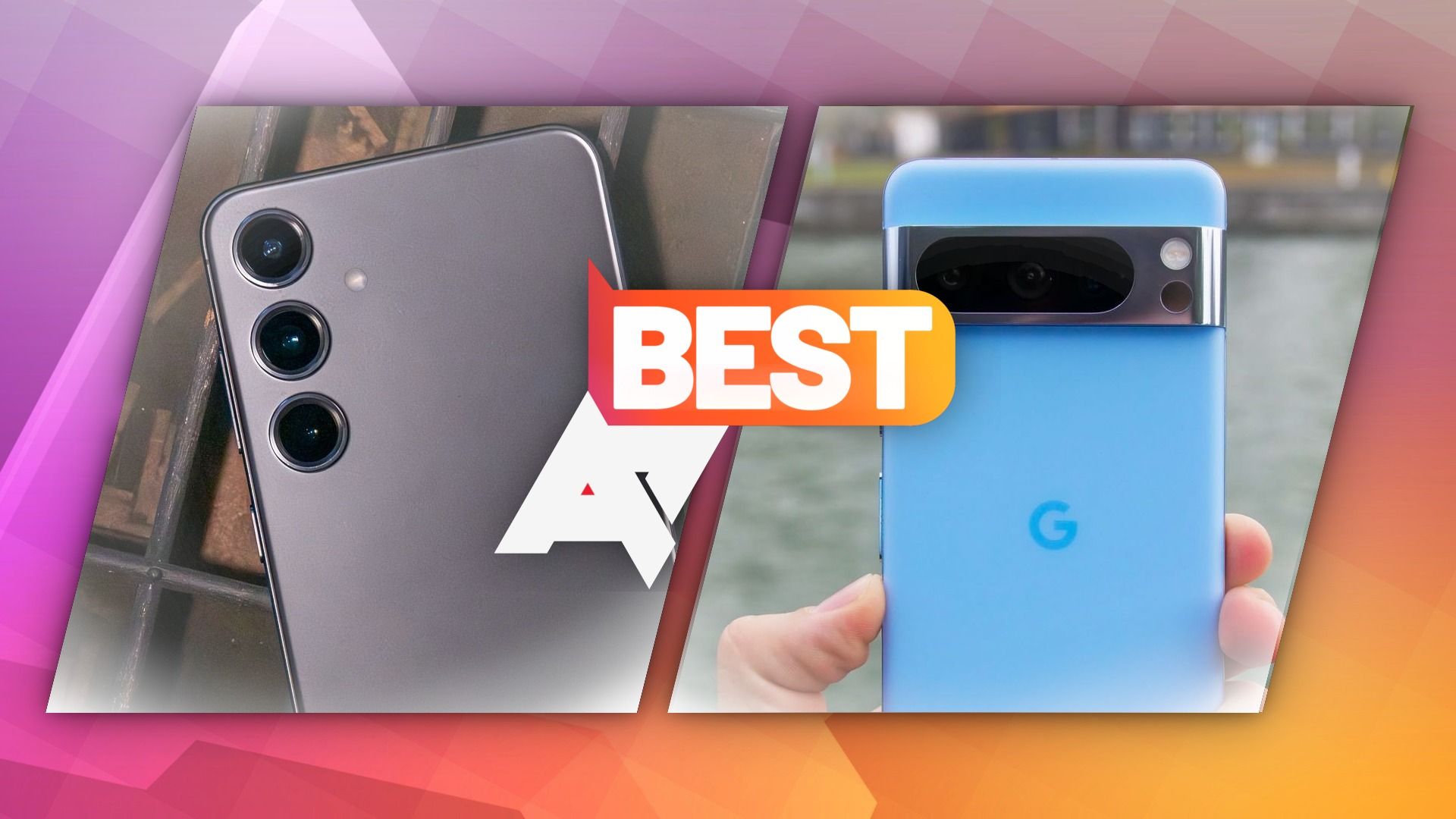
Best Android phones in 2024
In the market for a new phone? Get the best Android experience with these flagship phones
Price, availability, and specs
The Galaxy S24 Ultra is available through Samsung and Amazon starting at $1,300. The base model offers 12GB of RAM with 256GB of storage, while the top model offers 1TB. It’s sold in various colors, but hues like Titanium Orange are reserved for sale only on Samsung’s website. Compatibility is no issue with the S24 Ultra. With carrier and unlocked models available, your existing SIM will find a comfortable home.
Likewise, the Zenfone 11 Ultra can be purchased through the Asus company site and Amazon. Four colors are available: Eternal Black, Skyline Blue, Misty Gray, and Desert Sand, a website exclusive. The Zenfone 11 Ultra will set you back $900 and comes in one configuration in the US: 12GB of RAM and 256GB of storage. Cellular compatibility is more of an issue for the Zenfone 11 Ultra, with only AT&T and T-Mobile networks available. MVNO companies who run on the T-Mobile and AT&T networks will work, but Verizon customers are out of luck.
-
Samsung Galaxy S24 Ultra Asus Zenfone 11 Ultra SoC Qualcomm Snapdragon 8 Gen 3 for Galaxy Qualcomm Snapdragon 8 Gen 3 Display type LTPO AMOLED, 1-120Hz LTPO AMOLED, 120Hz (144Hz gaming) Display dimensions 6.8″, 19.3:9 6.78″, 20:9 Display resolution 3088 × 1440 2400 × 1080 RAM 12GB 12GB LPDDR5X Storage 256GB, 512GB, or 1TB 256GB UFS 4.0 Battery 5,000mAh 5,500mAh Charge speed 45W wired, 15W wireless 65W wired, 15W wireless, 10W reverse wireless Charge options Wired, wireless, reverse charging USB wired, Qi wireless, reverse wireless Ports USB-C 1x USB-C 3.2, 1x 3.5mm Operating System Android 14 with One UI 6.1 Android 14 Front camera 12MP, f/2.2 32MP f/2.5 Rear camera 200MP, f/1.7 main; 12MP, f/2.2 ultrawide; 10MP 3x telephoto; 50MP, f/3.4 5x telephoto 50MP f/1.9 main gimbal OIS; 32MP f/2.4 3x telephoto OIS; 13MP f/2.2 120˚ ultrawide Cellular connectivity mmWave & sub-6 5G, LTE 4G LTE, sub-6 5G Wi-Fi connectivity Wi-Fi 7 Wi-Fi 7 Connectivity UWB, NFC NFC Bluetooth Bluetooth 5.3 Bluetooth 5.4 with aptX Adaptive/Lossless Dimensions 162.6 × 79.0 × 8.6mm 163.8 x 76.8 x 8.9mm Weight 233g 225g IP Rating IP68 IP68 Colors Titanium Black, Titanium Gray, Titanium Violet, Titanium Yellow Eternal Black, Skyline Blue, Misty Gray, Desert Sand Stylus S Pen included No Price From $1,300 $900
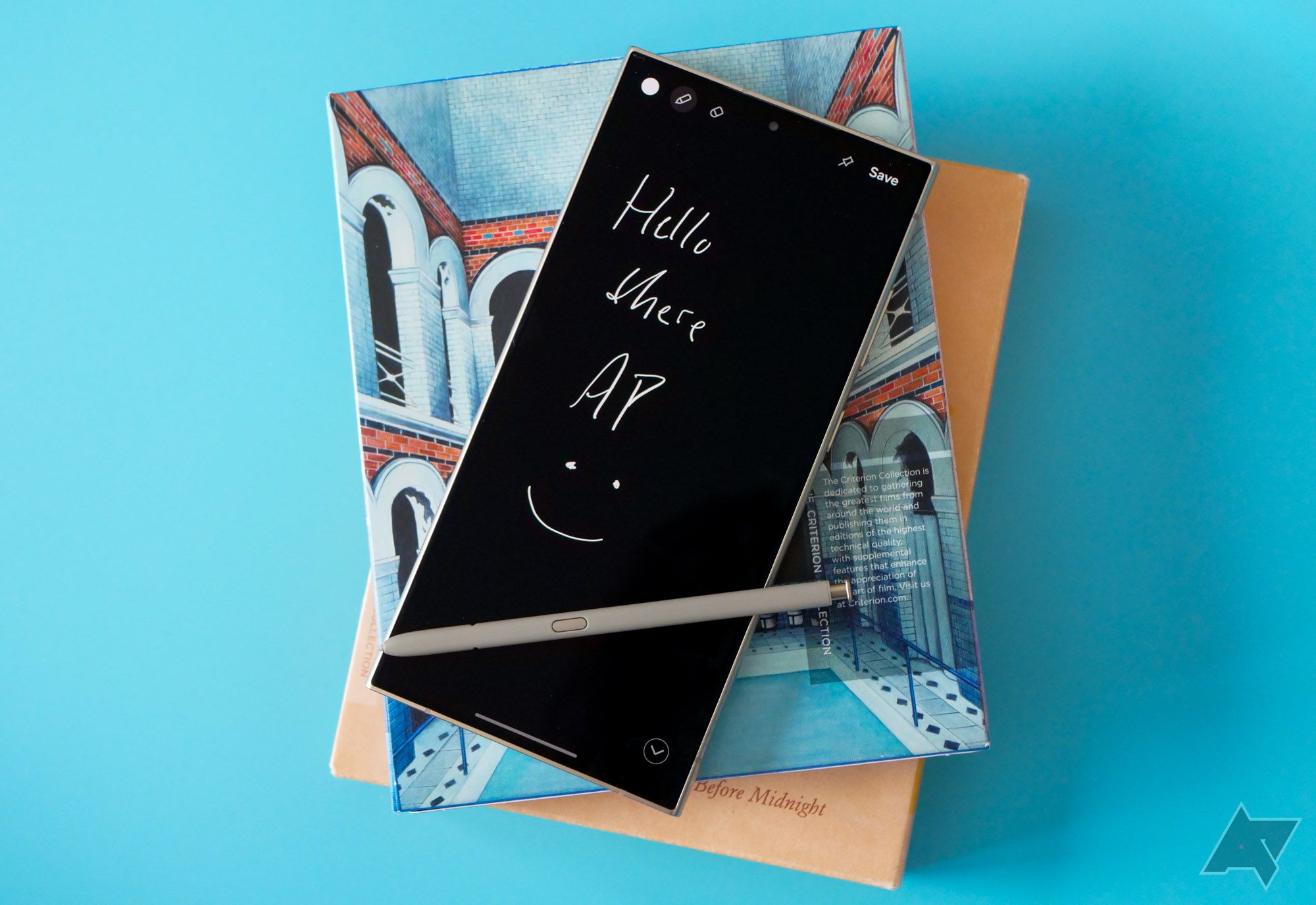
Samsung Galaxy S24 Ultra review: Still the best, unless you take photos
Without any meaningful changes, Samsung’s latest phablet feels like a do-over for last year’s smartphone
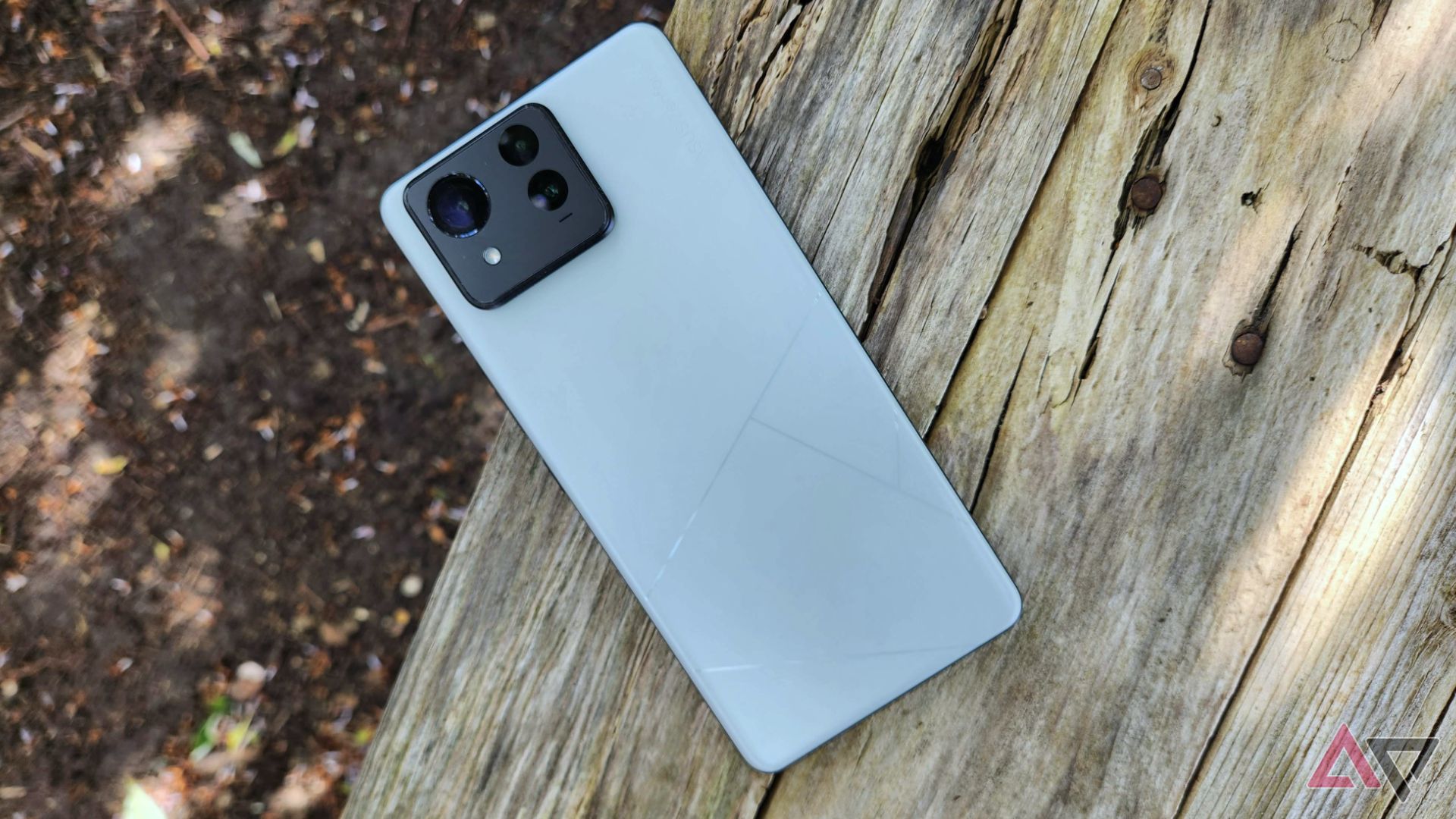
Asus Zenfone 11 Ultra review: They grow up too fast
A solid all-rounder that only comes in a large
Design
Different kinds of boring
It’s no secret that we’ve been frustrated by Samsung’s lackluster design language over the last few years. Unlike its overseas competitors, who offer exciting new designs, Samsung stuck with what it feels works for the Galaxy S24 Ultra. However, it’s not like this year’s S24 Ultra is without any changes, as Samsung now uses titanium for the frame and opted for a flat display, ending the curved display reign.
Despite being boring, the Galaxy S24 Ultra is undeniably a premium smartphone. Along with the aforementioned titanium frame, Samsung fitted the S24 Ultra with Gorilla Glass Armor front and back, making it a durable device. It also features an IP68 rating, meaning dust and water won’t be an issue. And an S-pen is included, so if you absolutely need a stylus, your choice is clear.
In all fairness, Asus didn’t set the world on fire with the Zenfone 11 Ultra’s design — it looks like a flagship right out of central casting. Even still, it’s a premium build worthy of its price tag, with an aluminum frame and Gorilla Glass Victus 2 adoring the front. It also features an IP68 rating and stereo speakers, but the Zenfone does offer something the S24 Ultra does not — a headphone jack. Asus fitted the Zenfone 11 Ultra with a 3.5mm headphone jack for audiophiles still clinging to their wired headsets, a feature seemingly long gone from devices in this price range.
Display
Quality panels all around
You’ll notice immediately that the Zenfone 11 Ultra has a similar-sized display to the S24 Ultra, a big departure from Asus’ last effort, the compact Zenfone 10. The Zenfone 11 Ultra features a 6.78-inch LTPO AMOLED panel with a 1080p resolution and 2,500 nits peak brightness. It’s not the QHD resolution you get from the S24 Ultra, but it does refresh at 144Hz — faster than Samsung’s 120Hz on the flagship Galaxy. Overall, it’s a colorful and crisp display, and the added refresh rate will pair well with games.
Even still, it’s not all about refresh rate, and the S24 Ultra still holds an advantage with its 6.8-inch Dynamic LTPO AMOLED. It’s a gorgeous display with excellent contrast and accurate colors. Samsung has dialed down display saturation over the last few generations, and the S24 Ultra has the most natural color reproduction yet. If you work in media or photography, natural colors might be more important to you than the saturated hues we’ve come to know and love from Samsung. If you’re a fan of the old-school look, don’t worry; the company included a vividness slider after an early update, allowing users to turn the vibrancy back up.
Software
At least there’s some support
Even though it costs more money than the Zenfone 11 Ultra, the Galaxy S24 Ultra starts to pull away when we discuss software support. Following Google, Samsung offers seven years of Android upgrades and security patches for the S24 Ultra — a massive amount of support, helping secure your phone’s value well into the future. Adding in how reliable One UI has been and how timely Samsung has been with updates makes for an attractive software package. In addition, Samsung includes DeX on the S24 Ultra, a fan favorite that allows users to get more from their devices on external displays. If you’re serious about your Android software, the S24 Ultra is your choice.
You won’t find seven years of support on the Zenfone 11 Ultra, as Asus only promises two Android upgrades and four years of security patches. This is actually an improvement for the company, following the downright laughable support it gave the Zenfone 10. Aside from that, Asus software is relatively stock, with some ROG DNA thrown in with different modes for gaming. Asus also offers GlideX and Microsoft Phone Link, ways for users to mirror actions on a display or use the front camera of the Zenfone 11 Ultra as a webcam.
Performance
Workhorses for all occasions
You won’t find much difference between the Galaxy S24 Ultra and Zenfone 11 Ultra under the hood because they are powered by the fantastic Snapdragon 8 Gen 3 chipset and 12GB of RAM. Both devices will blaze through almost anything you throw at them, as the SD8G3 is ideal for high-end gaming, video editing, and ripping through Instagram scrolls faster than your brain can process what it’s seeing.
Another advantage of the current Snapdragon flagship chipset is that it maintains the better heat management and power efficiency we’ve seen since the Snapdragon 8+ Gen 1, which helps with longer gaming sessions and battery life. If you’re looking for an edge to the Zenfone 11 Ultra, it offers all this power and performance at $400 less than the S24 Ultra, giving gamers and video editors (and their wallets) something to consider.
Battery life
All day vs. topping off quickly
Despite its slightly larger 5,500mAh battery, the Zenfone 11 Ultra only achieved around six hours of screen-on time during our testing, compared with the close to eight hours we’ve seen on the S24 Ultra. Depending on your usage, six hours might be more than enough. Still, if you suffer battery anxiety as you head from work to an evening out, the extra battery life of the S24 Ultra will be appreciated.
However, while the S24 Ultra maintains an advantage in battery, when it comes time to charge back up, the Zenfone 11 Ultra pulls ahead. It has 65W wired charging, compared to Samsung’s 45W. It’s not as stark a difference as the OnePlus 12, but it’s still noticeable, especially if you wake up and realize you fell asleep without plugging in your phone the night before. Wireless and reverse wireless charging are available on both devices, adding flexibility.
Camera
Samsung is more versatile
Samsung gave the S24 Ultra a quad-camera setup, with a 200MP main shooter, a 10MP telephoto lens with 3x optical zoom, a 50MP periscope lens capable of 5x optical zoom, and a 12MP ultrawide. And while Samsung had to release several updates to optimize camera performance, the images are impressive. Samsung’s computational photography is in full effect, adding details to photos for a crisper image, even at a significant zoom. Samsung photos aren’t as saturated as they used to be, but the colors are still poppy and vibrant, and the S24 Ultra camera performs well in low light. If you’re a video blogger, the S24 Ultra offers 4K video from the selfie cam, something the Zenfone 11 Ultra lacks.
Asus counters with a triple camera setup: a 50MP main camera, a 32MP telephoto lens with 3x optical zoom, and a 13MP ultrawide camera. The company claims it focused (get it?) on better camera quality this year, and we could notice the difference in testing. The Zenfone 11 Ultra tends to oversharpen images, but the result is still crisp and clear, with good color reproduction and respectable performance in low light. It’s not as versatile as the S24 Ultra’s camera system, but the Zenfone 11 Ultra does a respectable job on what was previously considered an afterthought for Asus.
Which is right for you?
We understand the Galaxy S24 Ultra will cost about $400 more than the Zenfone 11 Ultra, but the added benefits are worth the upfront pain. You get a better camera, slightly better design, and significantly more software support — the last point being the most important. If you want to protect your investment for longer, seven years of Android upgrades is a great way to preserve value.

Samsung Galaxy S24 Ultra
Editor’s choice
Worth the extra pain to your wallet
$1100 $1300 Save $200
Even though you’ll pay $1,300 for the pleasure, the Samsung Galaxy S24 Ultra is worth the additional money. Besides the camera upgrade and versatility, the extra years of software support protect the value of your device and keep it running well.
Considering that, Asus did a great job with the Zenfone 11 Ultra. We’d love to see more consistency from the brand to boost confidence, but this is a great start. With more years of software support built in and a refined design, future Zenfones could easily compete with Samsung at the flagship level.

Asus Zenfone 11 Ultra
Good alternative
Blazing performance if you want something new
The Asus Zenfone 11 Ultra is a great alternative to the Galaxy S24 Ultra if you’re a gamer or in need of raw power. It features the Snapdragon 8 Gen 3 and 12GB of RAM, giving it more than enough for AAA mobile games. If you’re bored with the same old, the Zenfone 11 Ultra might be worth a look.
Source link

